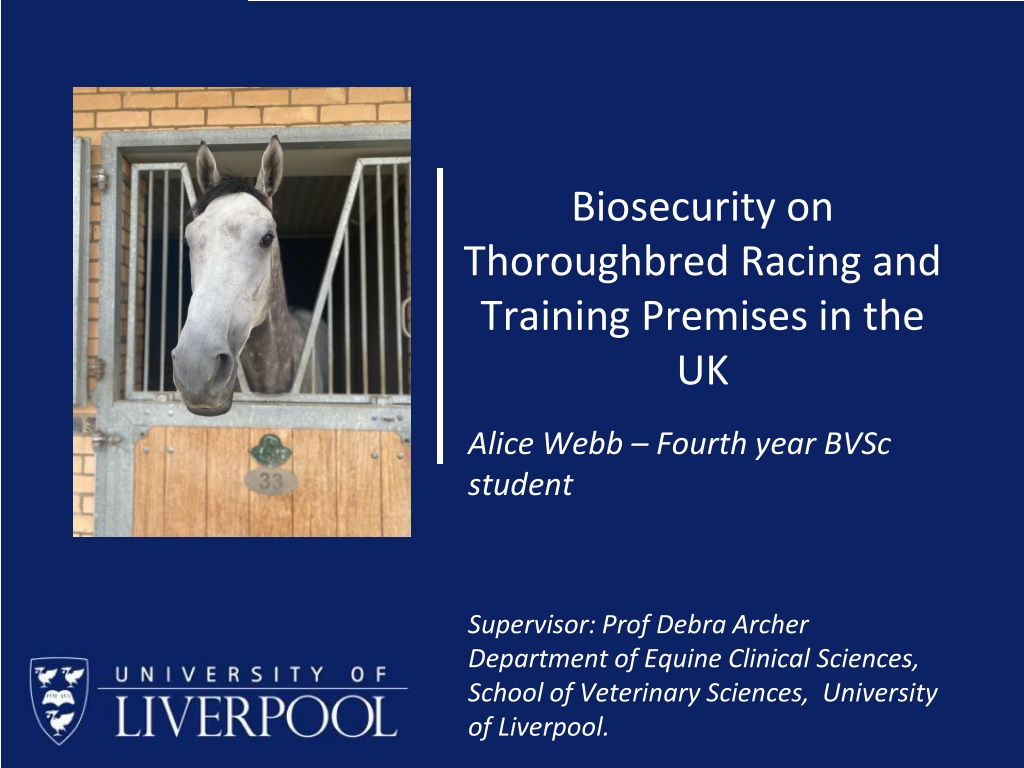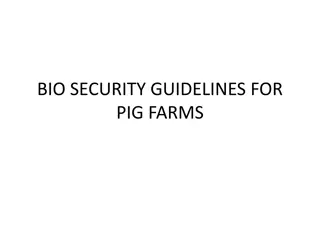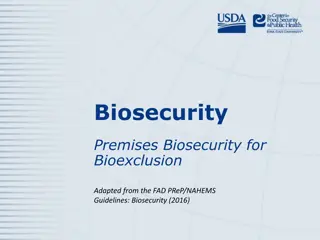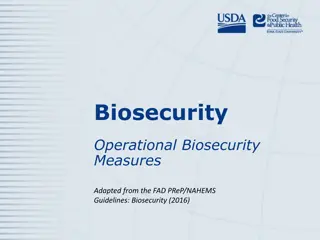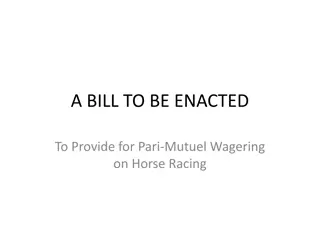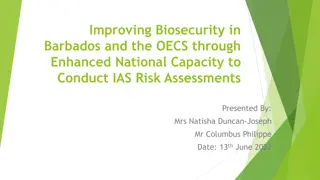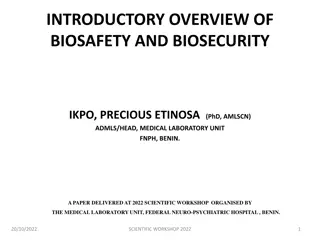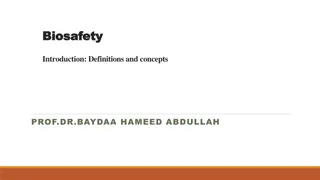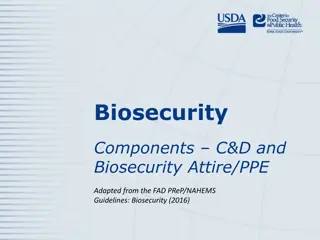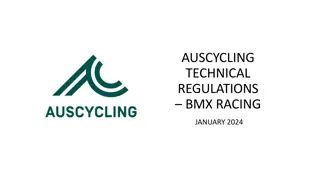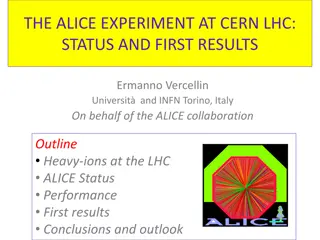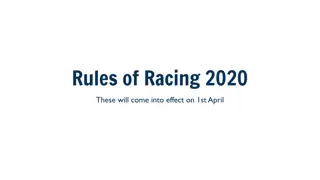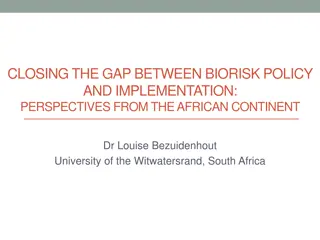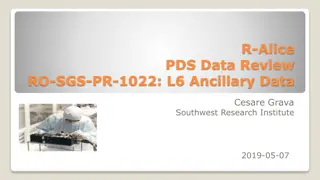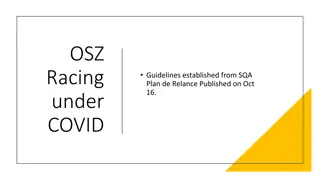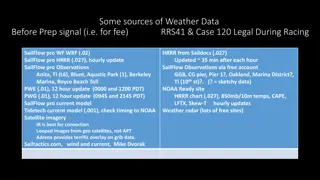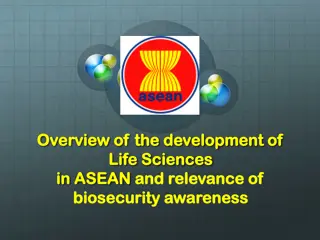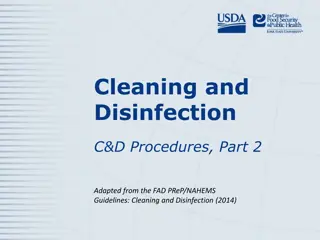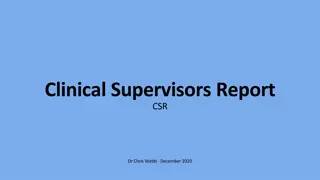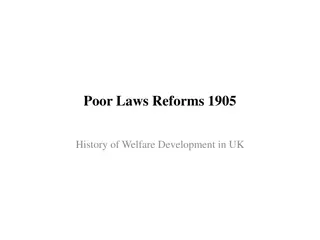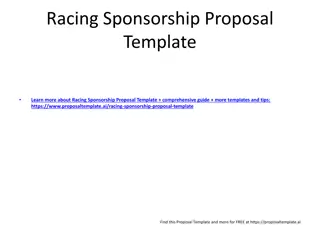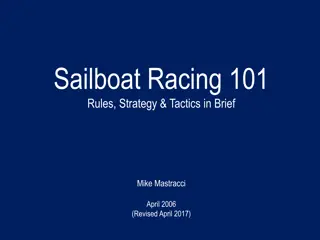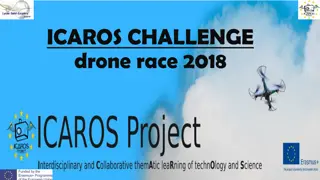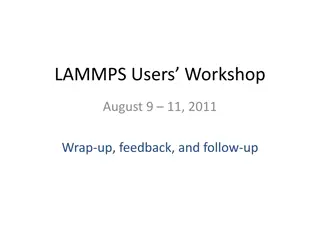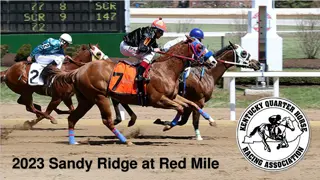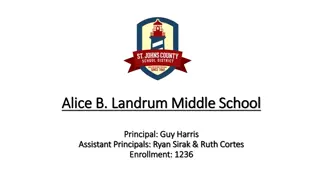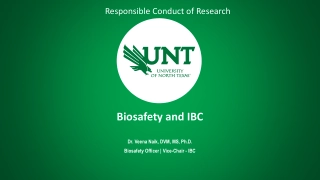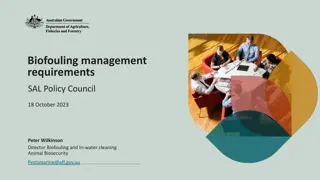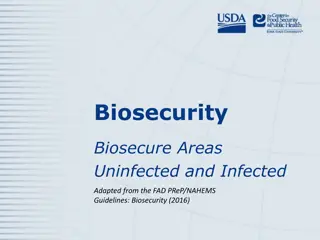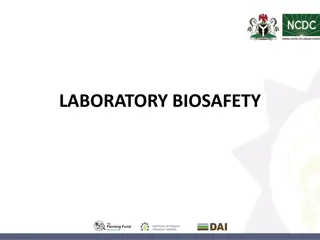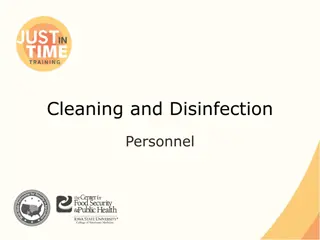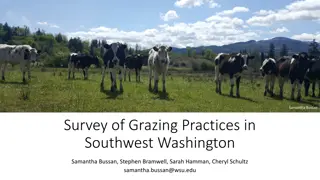Biosecurity Practices in UK Thoroughbred Racing: A Study by Alice Webb
Investigating biosecurity practices on Thoroughbred racing premises and racecourses in the UK to identify areas of improvement in disease prevention. The study involves a questionnaire and site visits to assess current practices and promote better biosecurity measures within the industry.
Download Presentation

Please find below an Image/Link to download the presentation.
The content on the website is provided AS IS for your information and personal use only. It may not be sold, licensed, or shared on other websites without obtaining consent from the author. Download presentation by click this link. If you encounter any issues during the download, it is possible that the publisher has removed the file from their server.
E N D
Presentation Transcript
Biosecurity on Thoroughbred Racing and Training Premises in the UK Alice Webb Fourth year BVSc student Supervisor: Prof Debra Archer Department of Equine Clinical Sciences, School of Veterinary Sciences, University of Liverpool.
Introduction The 2019 UK equine influenza outbreak demonstrated the major economic and welfare impact that infectious diseases pose to the equestrian industry, including Thoroughbred (Tb)racing Biosecurity practices and attitudes are a major factor in spread and control of disease outbreaks 2007 Equine Influenza outbreak in Australia (Schemann et al. 2012) Transport of equids, climate change and spread of insect vectors are also factors that increase the risk for entry and transmission of new diseases into the UK African Horse Sickness and West Nile Virus (Robin et al. 2016, Chapmen et al. 2018).
Study Aims To investigate current biosecurity practices on Thoroughbred racing premises and racecourses. 1. Identify areas of good practice that can be shared within the industry 2. Identify areas where biosecurity could be improved to minimise the risk of introduction and spread of equine infectious diseases.
Phase 1 - questionnaire Online questionnaire designed and piloted (separate one for racehorse premises and racecourse) BHA guidelines, Biosafe app, Expert opinion 4 sections covering: General information type of premises, concern around particular diseases Yard Routine Disease prevention Attitudes to biosecurity Ethical approval obtained from UoL Veterinary Research Ethics Committee
Phase 1 - questionnaire All UK Tb racecourses and licenced Tb racehorse trainers contacted by email and asked if they or a nominated member of staff would be willing to complete an online survey about biosecurity practices taken on their premises. Permit trainers not contacted as there are no publicly available lists of these Concern around lack of potential engagement by racehorse trainers Incentive to participate by offering entry for those who completed the questionnaire into a prize draw to win 100, 50 and 25 Amazon voucher Data analysed using descriptive statistics
Phase 2 site visits 4 racecourses and 6 TB trainers yards in 2 main geographic areas (NW UK and SE UK including Newmarket) identified and asked if they would be willing for a short site visit Mixture of types of training yards Structured site visit to directly assess the premises including stable materials, disinfectants on the premises and practical biosecurity measures e.g. handwashing facilities for personnel. Themes generated based on site visit interviews Red = racehorse trainers, Blue = racecourses
Results racehorse trainers Types of racing yards 538 racehorse trainers contacted by email 25 completed questionnaire Response rate = 4.6% 20% 54% 24% Completed by: Trainers 68% (n=14) Assistant trainers = 24% (n=6) Head yard person = 4% (n=1) Racing secretary = 4% (n=1) Number of premises 4.2% 12.5% 83.3%
Results racehorse trainers High levels of concern for Ringworm, Equine influenza, Equine Herpes virus and Equine Strangles Trainers had a low awareness of West Nile Virus and African Horse Sickness Comments were made about particular areas of concern including: horses arriving from other yards contact at sales shared airspace using racecourse stables
Results racehorse trainers Sharing of equipment with mouth bits considered the most important risk factor for spread of disease Concerns around tack being responsible for disease spread (ringworm) Benefits of set staff looking after particular horses recognised but limited by finances and lack of staff Any member of staff looked after any horse on 68% of yards Clinical signs considered extremely concerning: Thick, smelly nasal discharge (75%), High temperature (72%), Coughing (52%), Off colour (44%), Watery nasal discharge (17%)
Results racehorse trainers Staff awareness of industry level risk was considered important Checklists were considered a useful tool but were infrequently used Written SOP infrequently developed Few used the EquiBiosafe app 24% 4% 8% 76%
Results - racecourses 57 racecourses contacted 4 completed questionnaire Response rate 7.0% Further 4 site visits performed Feedback that biosecurity complied with due to BHA requirements and that disease in horses are the trainers responsibility May have been a factor in the low response rates Ringworm was the most common infectious disease concern
Themes from site visits Theme 1: Knowledge regarding preventing infectious diseases was acquired through experience Theme 2: Standards highly complied with were not necessarily formally written down Theme 3: Best use of resources available
Discussion Raceyards Trainers anecdotally acknowledged to be a group that are hard to engage with research confirmed by this study Potential for respondent bias especially towards those more engaged with biosecurity and concerned about infectious disease / those with more time Evidence of lack of time, economic pressures and lack of training / use of existing materials such as the Biosafe app Potential for more formal training? Compulsory? Racecourses Already following BHA guidelines and had general good biosecurity measures (set requirements have to be met) Would be interesting to see what actually happens on a race day to see if there are areas of biosecurity that could be improved
Acknowledgements This study was funded by the Gerald Leigh Charitable Trust Thank you to Cathy Duncan, Richard Newton and Katie Byam-Cook who provided advice during study set-up Thank you to all the trainers and staff on race yards and racecourses who allowed me to undertake site visits
